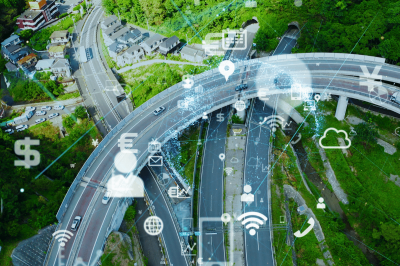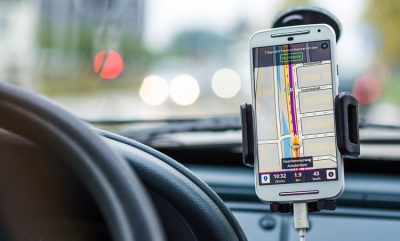The transportation industry accounts for various issues such as pollutions, wastage of fuels and power, greenhouse gas emissions. Based on research it was stated that 28% of greenhouse gas emissions is due to the whole transportation industry. IoT solutions can be used to address such issues in an effective and sustainable manner. The report by world economic forum states that IoT itself will account for $14 trillion of the economy by 2030. IDC research states the transportation industry will see the most growth from IoT technology. Implementing IoT practices will help minimize issues regarding sustainability since it is the bridge connecting the virtual world of IT with the real world.
Transportation enterprises are constantly looking for methods to increase operational efficiency. The focus is always on reducing the time required for a passenger (demand) to get the cab (supply) as well as for the cab drivers (supply) to engage in the next ride request (demand). This blog illustrates how to choose the best ride-matching and relay algorithm for a micro-transit service provider.
Experion was approached by a leading transportation provider in the Middle-East to develop an on-demand ride-hailing application after they realized the vast market potential and opportunity it held. Designing and developing such a responsive, scalable application with a real-time communication engine requires significant architectural foresight, and in this article, we will delve into how the team at Experion designed and built the real-time communication module in this product.




